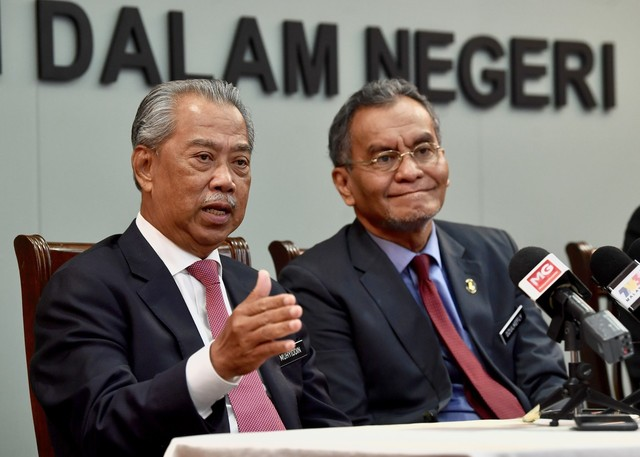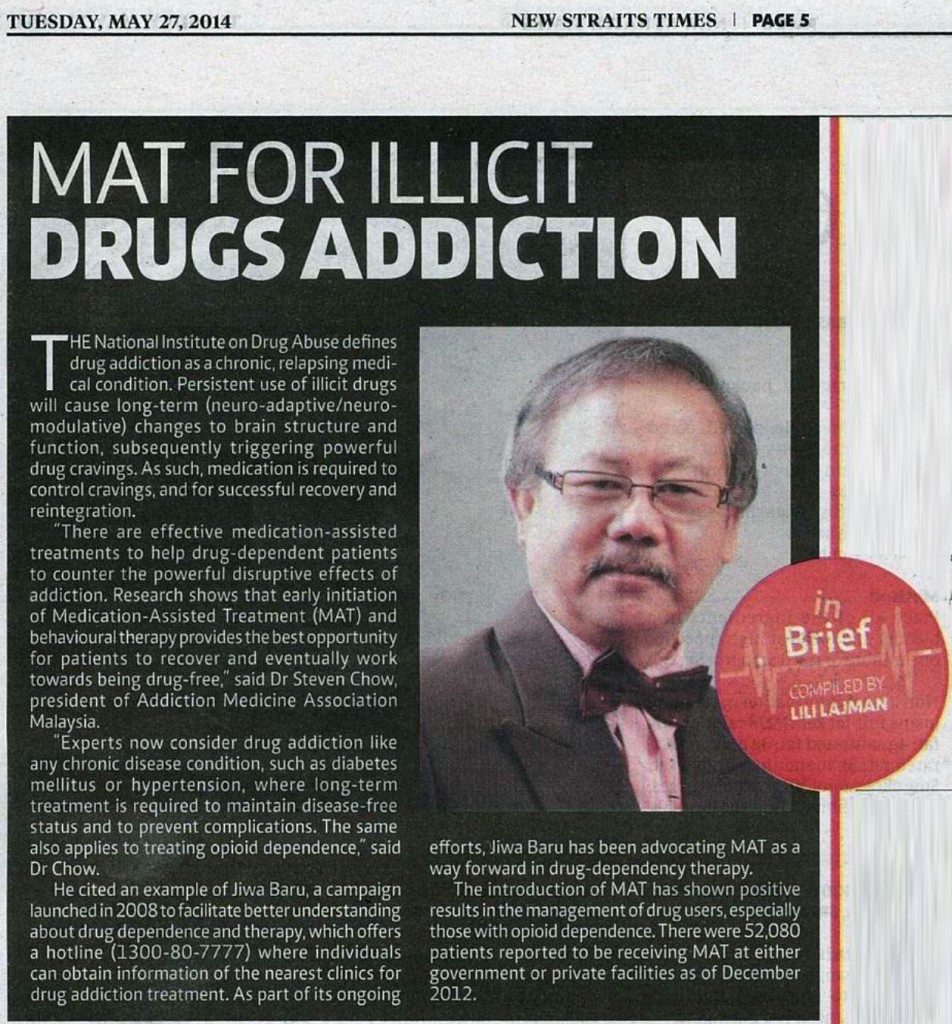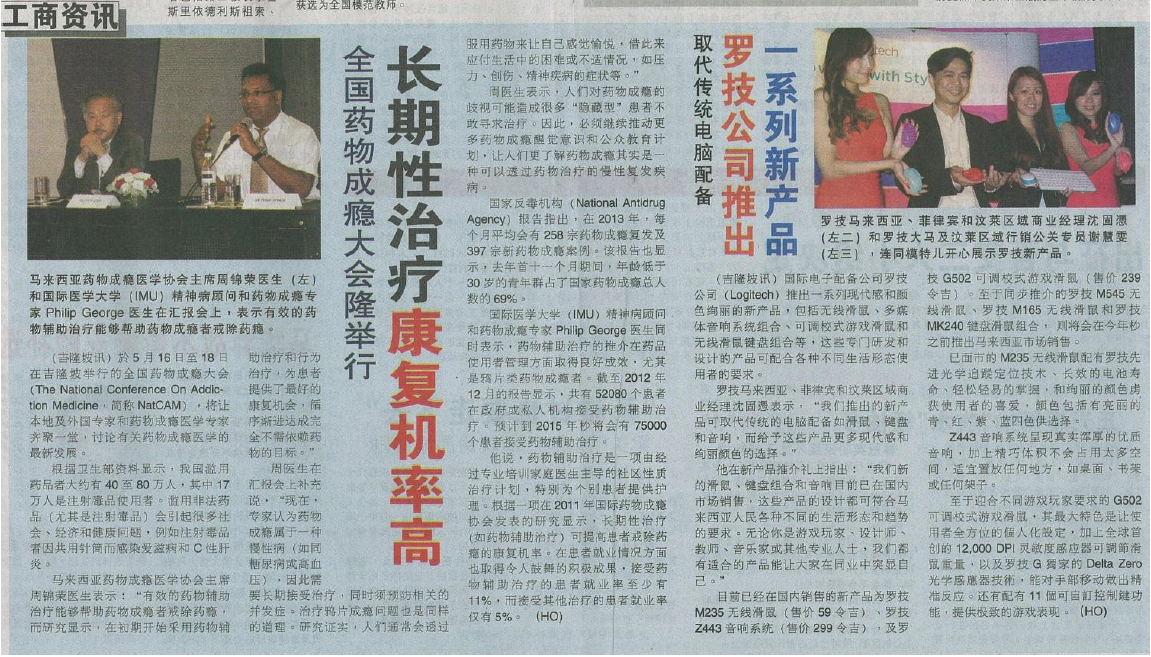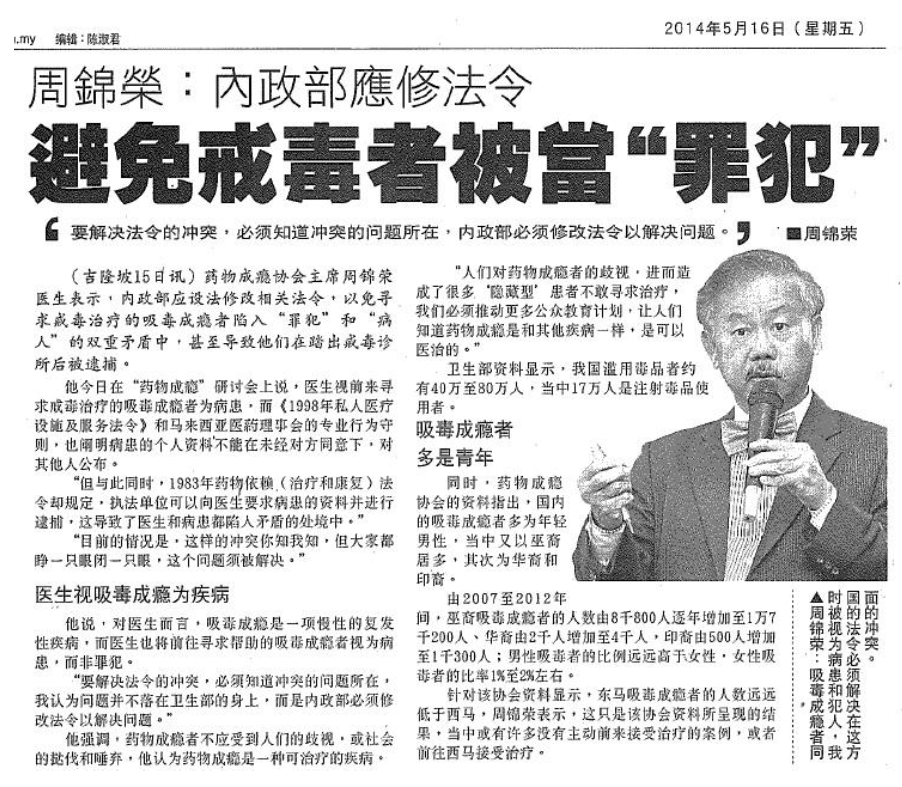Prepared by
Dr Steven Chow, President, Federation of Private Medical Practitioners’ Associations, Malaysia & President, President, Addiction Medicine Association of Malaysia &
Associate Professor Dr Anne Yee, Honorary Secretary, Addiction Medicine Association of Malaysia
24th May 2021 (Kuala Lumpur)
The Addiction Medicine Association of Malaysia (AMAM) and the Federation of Private Medical Practitioners’ Associations, Malaysia (FPMPAM) organised the 11th National Conference on Addiction Medicine (11th NatCAM). The first session was held on 23rd May 2021 (Sunday) and was attended by more than 70 practitioners. The second session is scheduled for 30th May 2021 (Sunday) from 1100 to 1600 hrs.
Experts and practitioners working on ground zero of the addiction disease landscape shared their concerns and reservations on the many issues which have been neglected during this COVID-19 pandemic.
The 11thNatCAM specifically addressed issues related to drug addiction and its treatment in the pandemic era. A team of experts was invited to share their knowledge and experiences with our members and frontline practitioners.
METAMPHETAMINE ABUSE UPDATE
Associate Professor Dr Anne Yee (UM) and Associate Professor Dr Suzaily Wahab (UKM), delivered the plenary lectures on how to address the issues and treat methamphetamine use disorder, especially in adolescents and young adults, in the COVID-19 period which is a worrying trend.
COVID-19 PANDEMIC ASSOCIATED DEPRESSION & SUICIDE
Dr Chee Kok Yoon, Consultant Neuropsychiatrist (HKL), talked on the burdens of depression and suicidal tendency in the era of COVID-19 pandemic and how GPs can help in early diagnosis and intervention.
TOBACCO HARM REDUCTION – VAPING/E-CIGARETTES: TO BAN OR TO REGULATE
In his address, Dr Steven Chow, reiterated that in 2015, AMAM, FPMPAM and other medical NGOs had called for the ban on e-cigarettes and tobacco. We are concerned that to date we have not seen any update of the proposed Control of Tobacco Products Regulations 2004 which we had hoped would have led to the ban or at least to seriously regulate e-cigarettes and vaping.
Dr Chow reiterated the point that “It is misleading to say that the effects of electronic cigarettes and vaping on our health and society is minimal. We must learn from the mistakes made during the war against tobacco, in which it took decades for the true cost of tobacco harm to the society to be made public. AMAM and the FPMPAM will jointly move to support access to smoking cessation service with a programme to train general practitioners to help those wishing to quit smoking. We are aware that more than 50% of current smokers in Malaysia are keen to quit, and it is our duty as doctors to help them achieve abstinence”
To date, we have approximately 300,000 students who are e-cigarette users.
The Conference was informed that the World No-Tobacco Day on 31st May 2021, will seek to explore what tobacco harm reduction is and how it can help smokers in quit smoking altogether. AMAM and FPMPAM will participate in this global initiative led by the World Health Organisation (WHO).
Associate Professor Dr Amer Siddiq, a smoking cessation expert, stated that e-cigarettes are clearly being targeted at the younger geneerations of the society and this could be a gateway to lifelong nicotine addiction. Although there is evidence to suggest that e-cigarettes might be able to assist smokers to quit, however it is important that we look at all factors on harm and benefits considering the available of safer alternatives to assist in smoking cessation for fear of creating another issue such dual use (using electronic cigarettes and tobacco at the same time).
Associate Professor Dr Amer presented the updated Cochrane Review on Electronic cigarettes for smoking cessation, which looked at 50 studies from the USA, UK, Italy, Australia, New Zealand, Greece, Belgium, Canada, Poland, South Korea, South Africa, Switzerland and Turkey and the key findings were that smokers were likely to stop smoking for at least six months by switching to vape with nicotine e-liquid as compared to nicotine replacement therapy, nicotine-free vape or behavioural support.
The Conference called for more intense public and professional engagement to examine the issue of tobacco harm reduction. The evidence supports the view that tobacco harm reduction can be a pragmatic approach to reducing the harm of smoking related diseases.
AN UPDATE ON KETUM IN MALAYSIA
Associate Professor Dr Rusdi Abdul Rashid, a Director of University of Malaya Centre for Addiction Science Studies (UMCAS), presented his data on studies on ketum users. He explained that most of the regular ketum users were found to have opioid or stimulant dependence. They mainly used ketum to reduce the withdrawal symptoms from opioids and stimulants. He concluded that ketum could be a potential alternative as compared to existing methadone assisted therapy. However, more studies should be done on ketum to explore its use. Hence, he suggested that ketum should not be put under the Dangerous Drug Act to facilitate further research activities.
UMCAS also provided training workshops for the practitioners to equip them with knowledge and skills to treat substance use patients – ASSISST BI (The Alcohol, Smoking and Substance Involvement Screening Test plus brief intervention) is one of them.
ASSIST BI was developed for the WHO by an international group of substance abuse researchers to screen for problems or risky uses of substances and to provide a brief intervention to at-risk patients in the primary health care settings.
CHEMSEX, the Malaysian Scenario
The use of stimulant drugs by men who have sex with men (MSM) which facilitate and enhance sexual pleasure (chemsex) has been documented. Due to the prohibition of drug use and homosexuality in Malaysia, drug treatment services tailored to the needs of MSM are therefore non-existent in this country. Associate Professor Dr Anne Yee, the principal investigator of a project developing a community-based, online intervention to address the mental health and sexual health needs among stimulant-using MSM in Malaysia, stated that this community-based, low-threshold, online intervention will provide a safe environment where MSM could access drug screening and harm-reduction materials.
Currently this project is still actively recruiting participants for its study. She called on GPs with patients who are aged 18 years or older, having engaged in ‘chemsex’ with other men in the past 12 months (defined as taking crystal methamphetamine, GBL/GHB, or ecstasy/MDMA), to contact her by email at annyee17@um.edu.my.
Session 2, 30th May 2021
Among other topics, experts will discuss the current debate on medical marijuana with a plenary on Redesigning the Policy of Medicinal Hemp by Professor Dr Mohammad Hussain Habil. There will also be an interactive forum on the Drug and Substance Abuse Act 2020.
——————————————————————————————————-
The Addiction Medicine Association of Malaysia (AMAM)
AMAM, a sister society of the FPMPAM, was formed in 2006 and is the first addiction medicine association to be founded in Asia. Its primary objective is to develop and promote the science of addiction medicine nationally and in the region. Members of AMAM consists of GPs, specialists in addiction medicine and allied healthcare professionals with the interest or working in managing of patients with addiction. AMAM organises the National Conference on Addiction Medicine (NatCAM) together with International Conference of Addiction Medicine (ICAM) once every two years.
Federation of Private Medical Practitioners Associations, Malaysia (FPMPAM)
Founded in 1989, it has more than 5,000 members in seven state-level associations in the country. While it is primarily committed to improving the quality of private healthcare through continuing medical education, continuing professional development of its members and ethics advocacy, it has in recent years been focusing on frontier medicine, addiction medicine and a mentoring programme for trainee doctors.
For further information please contact: Dr Steven Chow,
Tel: 019 3376703 email: secretariat@fpmpam.org


 Tan Sri Muhyiddin Yassin dan Menteri Kesihatan, Datuk Seri Dr Dzulkefly Ahmad semasa sidang media selepas mengetuai delegasi kedua-dua kementerian semasa mesyuarat berkenaan isu-isu kesihatan membabitkan Kementerian Dalam Negeri (KDN) di KDN hari ini.
Tan Sri Muhyiddin Yassin dan Menteri Kesihatan, Datuk Seri Dr Dzulkefly Ahmad semasa sidang media selepas mengetuai delegasi kedua-dua kementerian semasa mesyuarat berkenaan isu-isu kesihatan membabitkan Kementerian Dalam Negeri (KDN) di KDN hari ini.





